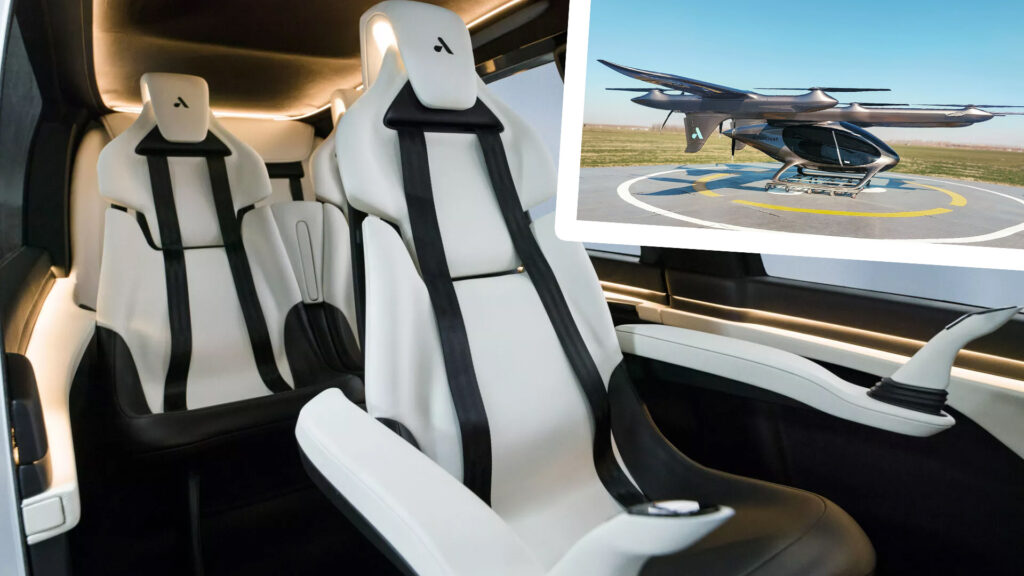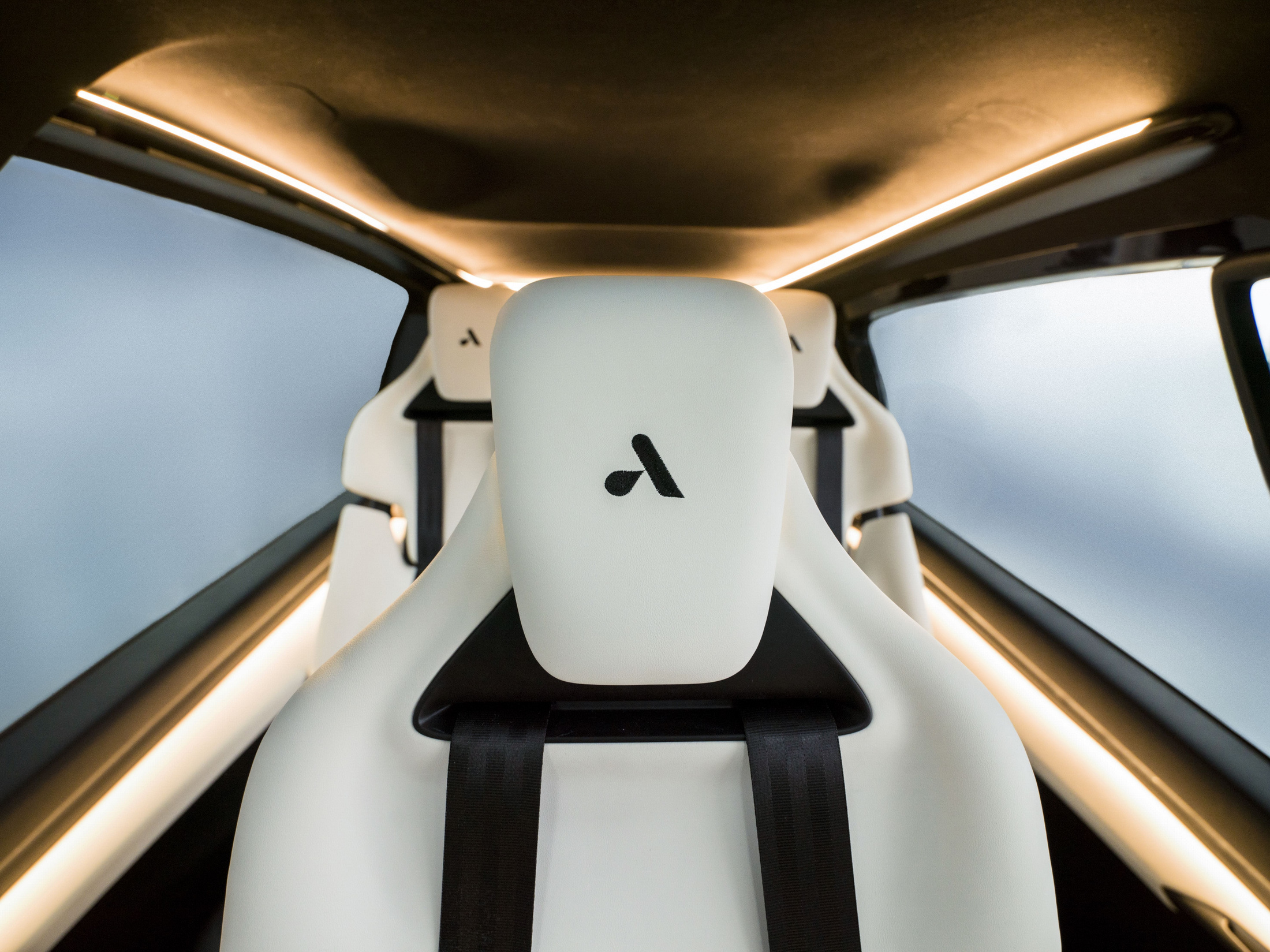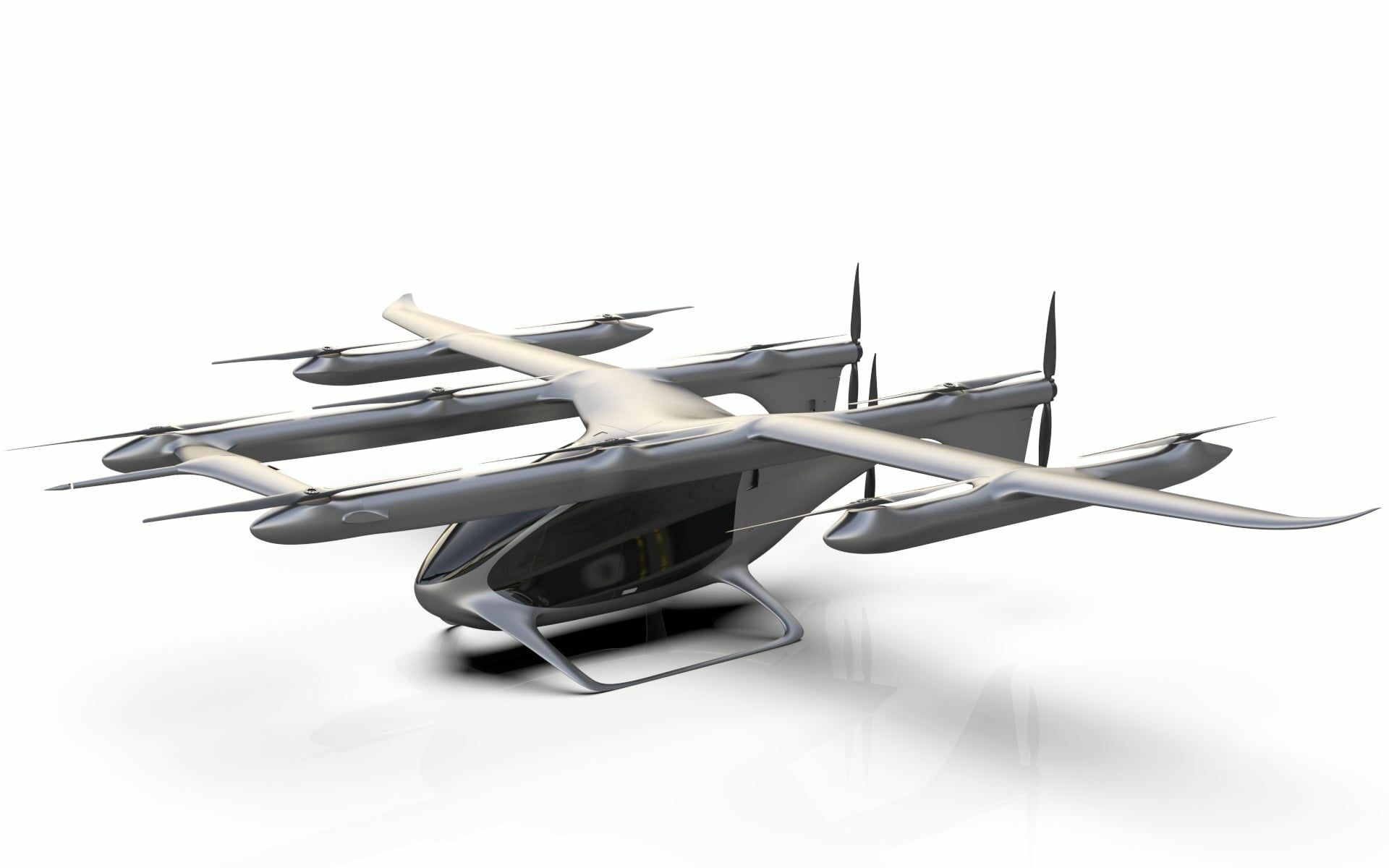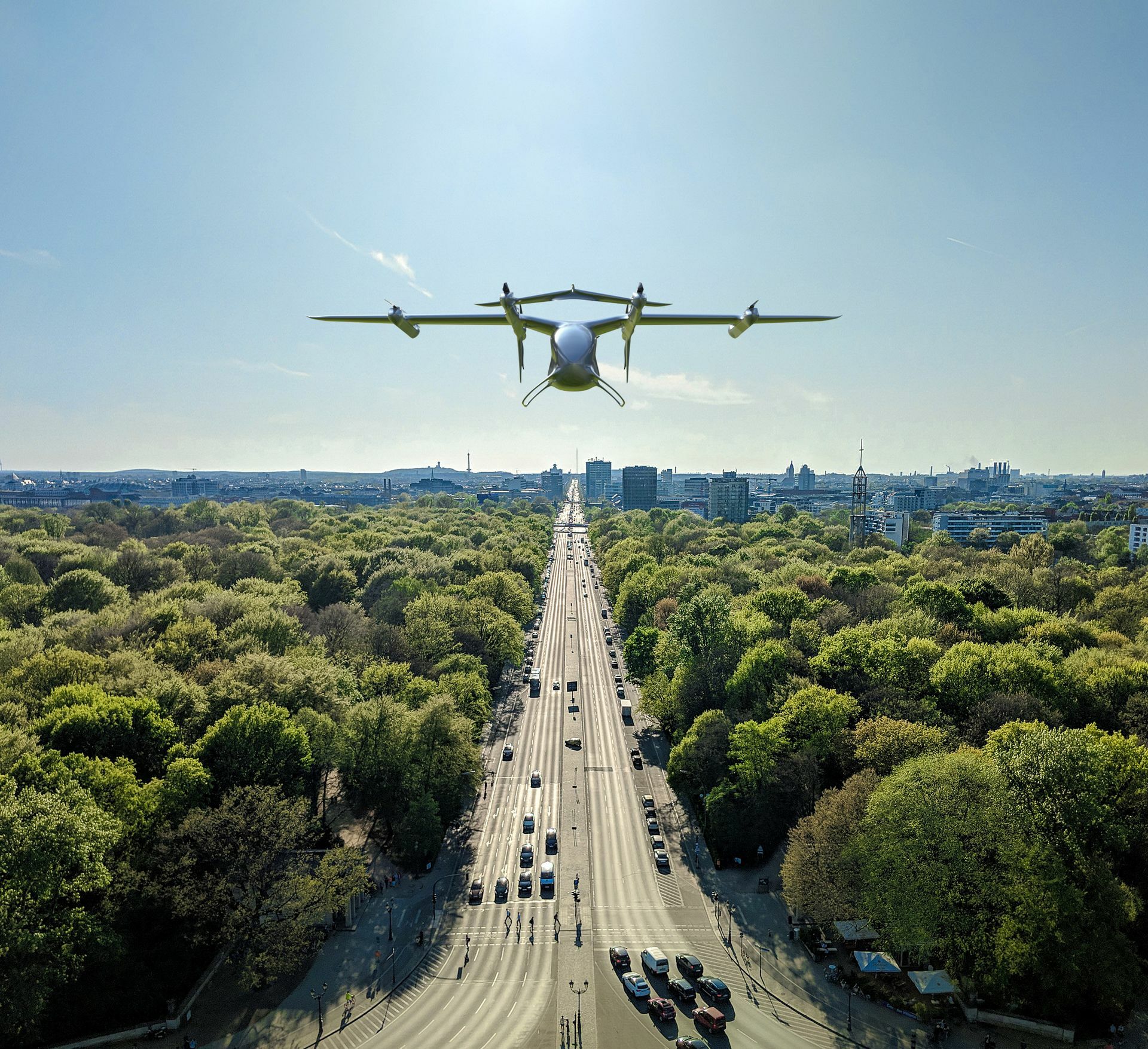AutoFlight, a manufacturer specializing in electric Vertical Take Off and Landing aircraft (eVTOL), is set to present its innovative Prosperity I model at the Paris Air Show, scheduled to take place from June 19th to the 25th.
This will represent the first time that the Prosperity I has been shown to the world and demonstrates what a safe, quiet, and affordable urban air mobility vehicle can be. While there are plenty of young, budding startups in the eVTOL space, AutoFlight notes that it is one of the few that has completed hundreds of test flights and mastered the transition phase from vertical flight to horizontal flight.
Read: AutoFlight Plans A Futuristic AirTaxi Service That Will Go Live In Europe By 2025
“We are excited to present to the world Prosperity I at the 2023 Paris Air Show and showcase the remarkable progress we have achieved in the field of electric vertical take-off and landing,” AutoFlight chief executive Tian Yu said in a press release. “We are seeing strong interest from eVTOL flight operators for both the cargo and passenger versions of the aircraft. This event will allow us to share our vision of safe, efficient, and sustainable urban air mobility with a global audience.”
The Prosperity I has an interesting connection to the automotive industry as it was actually designed by none other than Frank Stephenson.
As such, it has a very futuristic design with an open cabin dominated by glass that promises to provide an excellent field of view. The company’s objective was to create an interior environment that encompasses “safety, comfort, and innovation” to provide passengers with a relaxed and wondrous experience. This is achieved through the implementation of organic shapes, soft touch materials, and an intelligent mood lighting system within the cabin.
In March, AutoFlight completed what it claims is the world’s longest eVTOL flight, traveling for an impressive 250 km (155 miles) at an average altitude of 170 meters. Making the Prosperity I all the more impressive is the fact that it is capable of traveling at speeds of over 200 km/h (124 mph), meaning that when combined with its impressive range, will be more than adept at managing quick, ride-sharing flights in the future.









